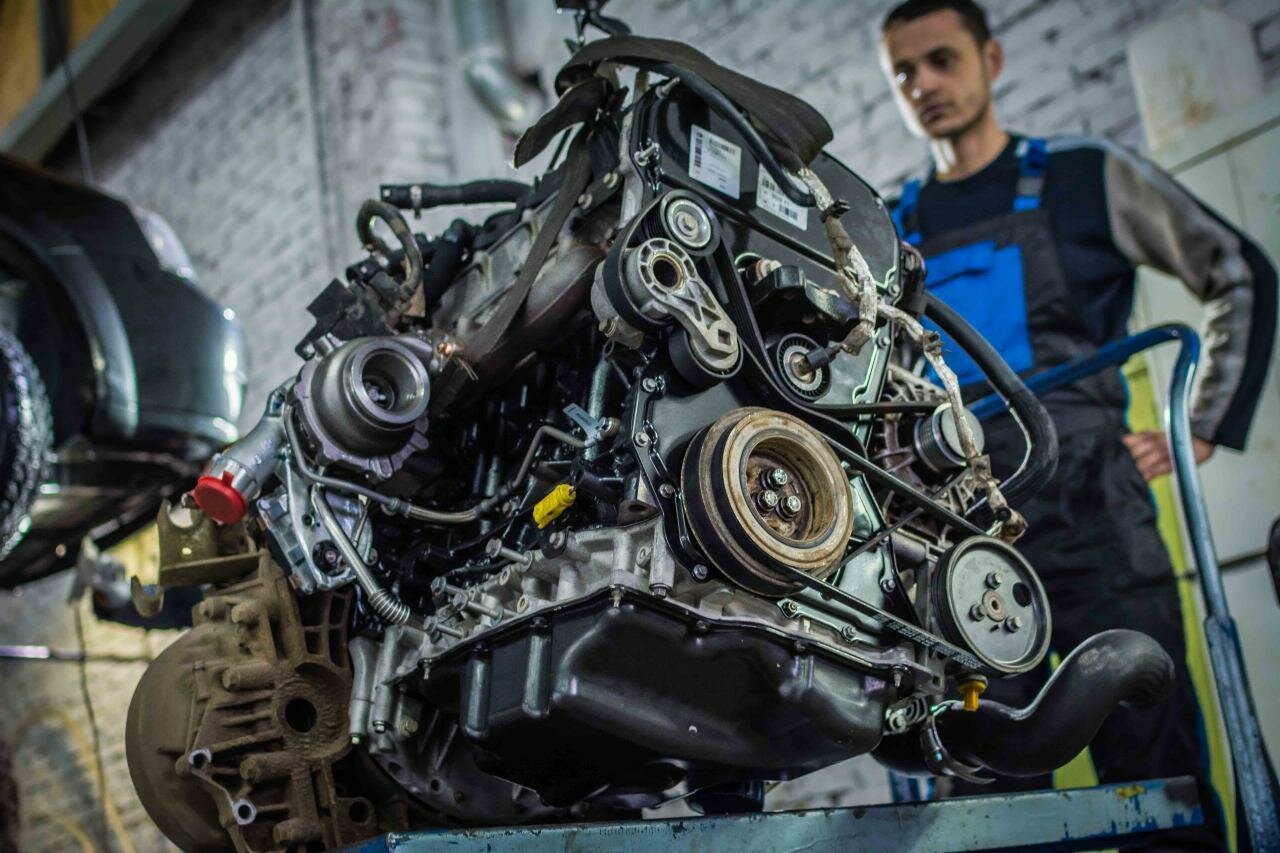Mercedes OM642 Engine: A Brief Overview
The Mercedes OM642 engine, a 3.0-liter V6 diesel powerhouse, has been a staple in various models since its introduction in 2005. Renowned for its robust performance and fuel efficiency, this engine quickly gained popularity among consumers and automotive enthusiasts alike. It was designed to meet the stringent emissions standards of the time while delivering impressive torque and horsepower, making it a preferred choice for both luxury vehicles and commercial applications.
Engine Specifications and Applications
The OM642 engine features a common rail direct fuel injection system and a turbocharger, which contribute to its dynamic performance. It has been utilized in a wide range of Mercedes-Benz vehicles, including the E-Class, ML-Class, and R-Class, as well as in some Chrysler and Jeep models. With its aluminum alloy construction and advanced engineering, the OM642 was initially celebrated for its reliability and longevity.
However, as with any complex machinery, the OM642 is not without its issues. Over the years, various problems have surfaced, leading to concerns among owners and mechanics. While the engine’s design aimed to provide a seamless driving experience, certain flaws have emerged that can compromise performance and, in some cases, safety. Understanding these problems is crucial for current and prospective owners, as well as for those who rely on this engine in their daily operations. This article delves into the common issues associated with the OM642 engine, providing a straightforward examination of its weaknesses and the implications for vehicle performance and maintenance.
Common Problems with the Mercedes OM642 Engine
The Mercedes OM642 engine, while celebrated for its performance, has its share of problems that can affect its reliability and longevity. Understanding these issues is essential for owners and potential buyers alike. Below are some of the most frequently reported problems associated with the OM642 engine.
1. Oil Leaks
Oil leaks are one of the most common issues faced by OM642 owners. These leaks can originate from various points, including:
-Valve Cover Gasket: Over time, the gasket can degrade, leading to oil seeping out.
-Oil Cooler: A failing oil cooler can also be a source of leaks.
-Front and Rear Main Seals: These seals can wear out and cause significant oil loss.
If left unaddressed, oil leaks can lead to low oil levels, which can severely damage the engine.
2. Turbocharger Failures
The turbocharger in the OM642 engine is crucial for performance. However, it is prone to several issues:
-Oil Starvation: Inadequate lubrication can cause the turbo to fail.
-Wastegate Problems: A malfunctioning wastegate can lead to overboosting or underboosting, affecting engine performance.
Turbocharger failure can result in a loss of power and increased fuel consumption.
3. EGR System Issues
The Exhaust Gas Recirculation (EGR) system is designed to reduce emissions. However, the OM642’s EGR system can encounter problems:
-Clogging: Carbon buildup can block the EGR valve, leading to poor engine performance.
-Sensor Failures: Malfunctioning EGR sensors can trigger warning lights and affect engine efficiency.
EGR issues can lead to increased emissions and reduced fuel economy.
4. Fuel Injector Problems
Fuel injectors in the OM642 engine can become clogged or fail, leading to:
-Poor Fuel Atomization: This can cause rough idling and decreased power.
-Increased Emissions: Faulty injectors can lead to higher emissions and potential compliance issues.
Regular maintenance is essential to prevent injector-related problems.
5. Timing Chain Tensioner Failures
The timing chain tensioner is crucial for maintaining the proper tension on the timing chain. Failures can lead to:
-Chain Slippage: This can result in severe engine damage.
-Noisy Operation: A failing tensioner can produce rattling noises.
Timing chain issues can be catastrophic and require immediate attention.
Top views |
|
|---|---|
 |
Oil, Timing Chains, Pistons: What Really Kills an Engine Prematurely? |
 |
How to Choose a Car with a Reliable Engine: Used Car Market Hacks That Actually Work |
Symptoms and Consequences
Understanding the symptoms associated with these problems can help in early diagnosis and prevention of severe damage. Below is a table summarizing common symptoms and their potential consequences.
| Symptom | Possible Consequence |
|---|---|
| Oil spots under the vehicle | Engine oil loss, potential engine damage |
| Loss of power during acceleration | Turbocharger failure, reduced performance |
| Check engine light on | EGR or fuel injector issues |
| Unusual rattling noise | Timing chain tensioner failure |
| Increased fuel consumption | Clogged injectors or EGR problems |




0 Comments